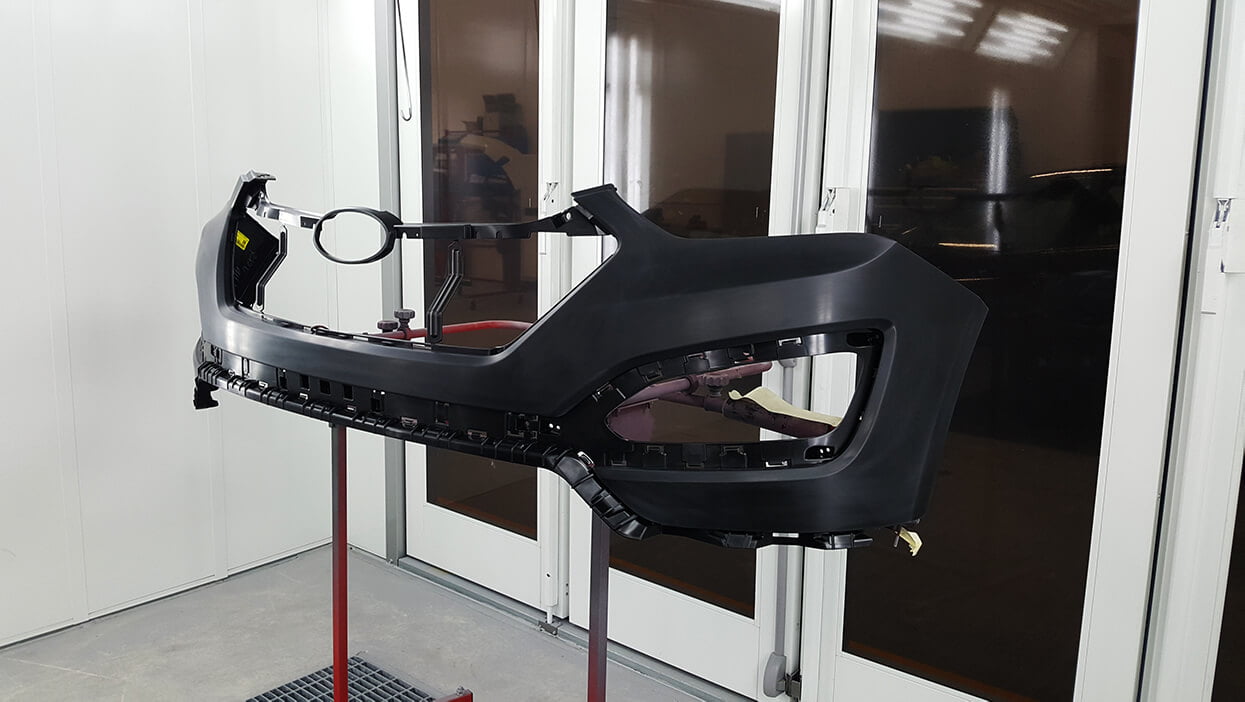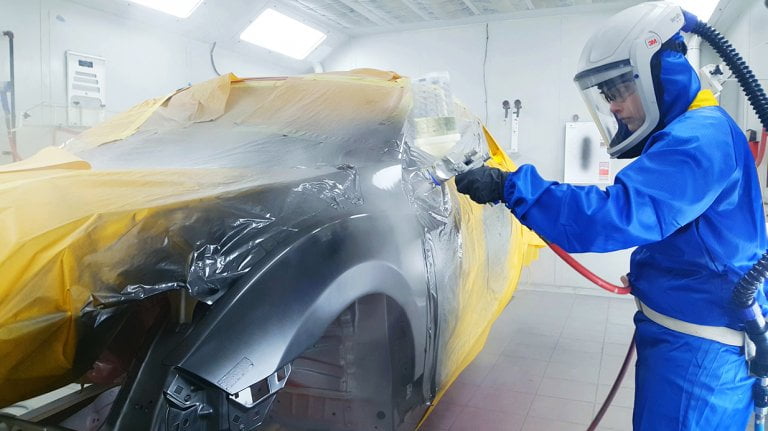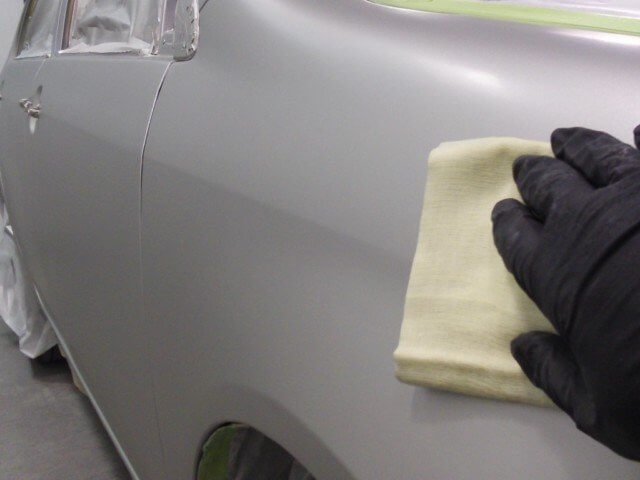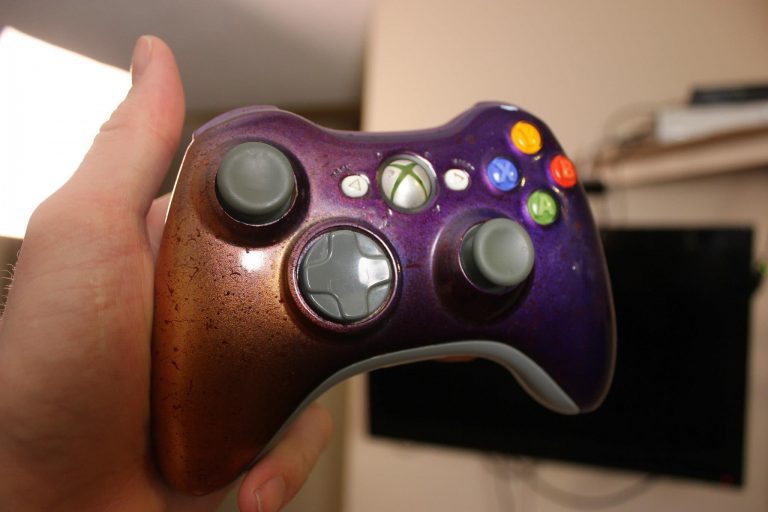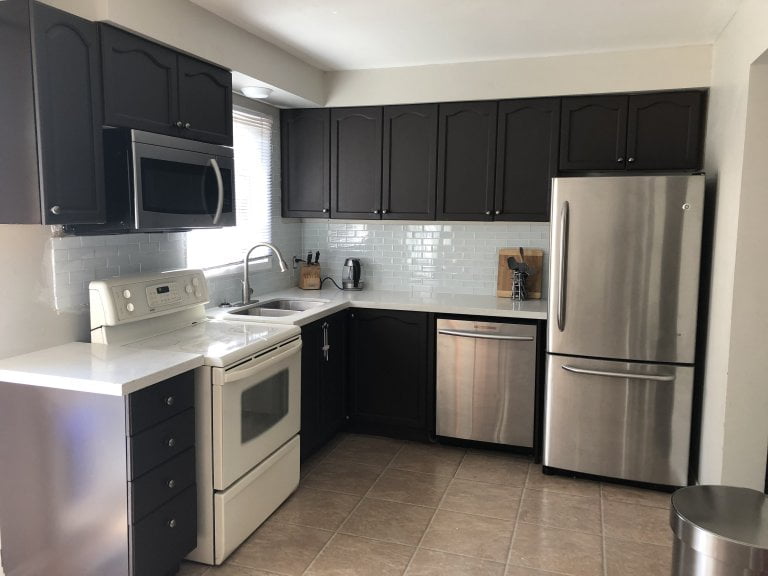How to Prepare and Paint Plastic Parts
How to prepare and paint plastic parts.
plastic parts are among the highest improperly refinished substrates. Setting good prep routines are critical for achieving proper adhesion on raw plastic.
Determine if primed by rubbing a hidden area with some 600 grit paper. If the bumper rubs off a coating on your paper (usually black) then it has a primer on it, if the plastic just scratches its a raw plastic (skip the next step).
Test the primer one of two ways depending on your paint.
If you are using waterborne paint press a piece of two inch tape onto the primer then quickly lift away. If any primer has transferred to the tape the primer will need to be removed, otherwise sand according to your paint manufacturers recommendations and refinish.
If you are using solvent based paint, take a rag and rub the primer with reducer/thinner for 30 seconds. If the primer transfers to the rag it indicates a soluble primer that should be removed, otherwise sand according to your paint manufacturers recommendations and refinish.
Clean the raw plastic with soap and water, then scuff and clean it with a grey scotchpad combined with a sanding paste, preferably one designed for use with plastic.Clean your plastic with an approved plastic cleaner. Using regular solvent cleaners can create static and possibly lead to a “flash fire” causing injury.
If you will be baking your paint once finished you should bake it for 20 minutes at this point to bring the mold release agents to the surface. Wipe the bumper again with a plastic cleaner while warm.Scuff again with a grey pad, followed by one more plastic cleaning. Allow to flash for 15-30 minutes before the next step.
Apply a plastic adhesion promoter (or plastic primer) in accordance to the technical data sheet for the product.Apply either a urethane primer, sealer or topcoat directly in according to your paint manufacturers recommendations.
** When refinishing flexible plastics a flexible product or additive should be using in your primer, sealer and clearcoat.
Common Mistakes:
- Not removing soluble primer. When you paint over a low quality or soluble primer your paint will not hold up well and be prone to chipping and peeling.
- Skipping Cleaning Steps or Adhesion Promotor. Each step plays a role in getting your paint to stick, establishing good routines help you obtain good adhesion to your plastic.
Need a plastic primer?

